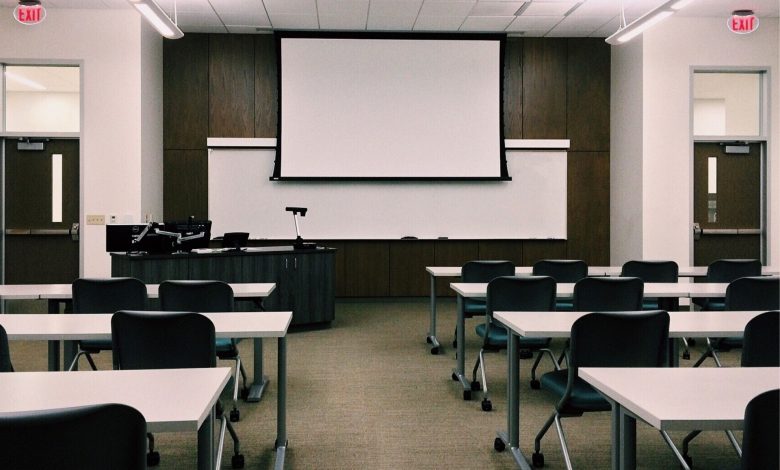Impact of Technology in Indian Education System

Technology has permeated every facet of our lives to such an extent that we cannot envision a future or even a present without it. Telecommunication, governance, transport, infrastructure, work-life, and even education – technology has touched and changed each component for the better.
And this interdependence on technology has also changed the landscape of the Indian education system in innovative ways. Thanks to technology, from blackboards and pencils to Smart classrooms and remote learning, there has been a wave of change in education.
To know the extent to which technology has impacted the Indian education system, we need to take a look into the different aspects of education that have been changed by technology.
Here are a few ways in which technology has impacted the Indian education system:
Blended Learning
Blended or hybrid learning is a method in which students learn through online classes as well as face-to-face classes. It has been one of the best innovations that technology has provided in the Indian education system.
Hybrid learning combines the pros of traditional and online learning methods by incorporating smart classroom teaching techniques, multimedia, embedded videos, live chat, etc. It is the future of classroom education, considering the onset of the Covid-19 pandemic and lockdowns prevalent all over the world.
Self-paced learning
A typical classroom teaching would be paced at a pace suitable for the average student, which may not be the most optimized pace for every student. If a student is not able to follow the pace set by the teacher, he/she may find it difficult to understand the topic.
In a technologically advanced learning environment, every student gets an opportunity to learn at their own pace, with 24*7 access to study materials and resources, free tutorials and guided classes, and the like.
Increased Student Engagement
Not just about memorizing and learning by heart, with the help of technology, students can get a grasp on practical examples, interactive questions and quizzes, simulated environments, educational games and virtual reality.
Students nowadays are blessed with the boundless resources and technology that make learning fun, interactive and engaging beyond measure.
Better Access to Education
The technology ensures that education is not just confined to the walls of a classroom. Now, any student, anywhere in India can learn and grow thanks to the advancements in technology.
Lack of proper educational infrastructure is no longer a hindrance in access to education for every child in the country. On the other hand, technology also provides students with an opportunity to connect with any other student or educator to expand their horizons and learn different views.
Virtual Programmes and Events
It is not just learning and academics, technological advancements in education has provided students with opportunities to attend and participate in extracurricular activities and programs. Any student in India can now attend a seminar or educational event from anywhere in the world.
The multiple windows of opportunity that have now opened up to students are boundless and beyond geographical boundaries.
If you are looking for an educational institution that has managed to successfully incorporate the best of technology with learning, look no further than The International School of Thrissur (TIST).
TIST is one of the best schools in Thrissur for its student-focused and technology-driven approach to education.
What makes TIST stand apart from the rest?
- Smart classrooms
- Well stocked traditional library and digital library
- Clubs and extracurricular activities
- Radio station
- State of the art labs:
- AV Room
- Biology Lab
- Chemistry Lab
- Physics Lab
- Computer Lab
- Language Labs
- Math Lab
- Work Experience labs
- Creativity Labs
- Robotics Lab
- 3D Lab
- Astronomy Labs
- Biotech Lab
If you are searching for a school for your child that blends modernity and tradition, TIST is your best bet. TIST adopts a very student-oriented blended learning approach!
Also read: Impact of COVID in higher education





